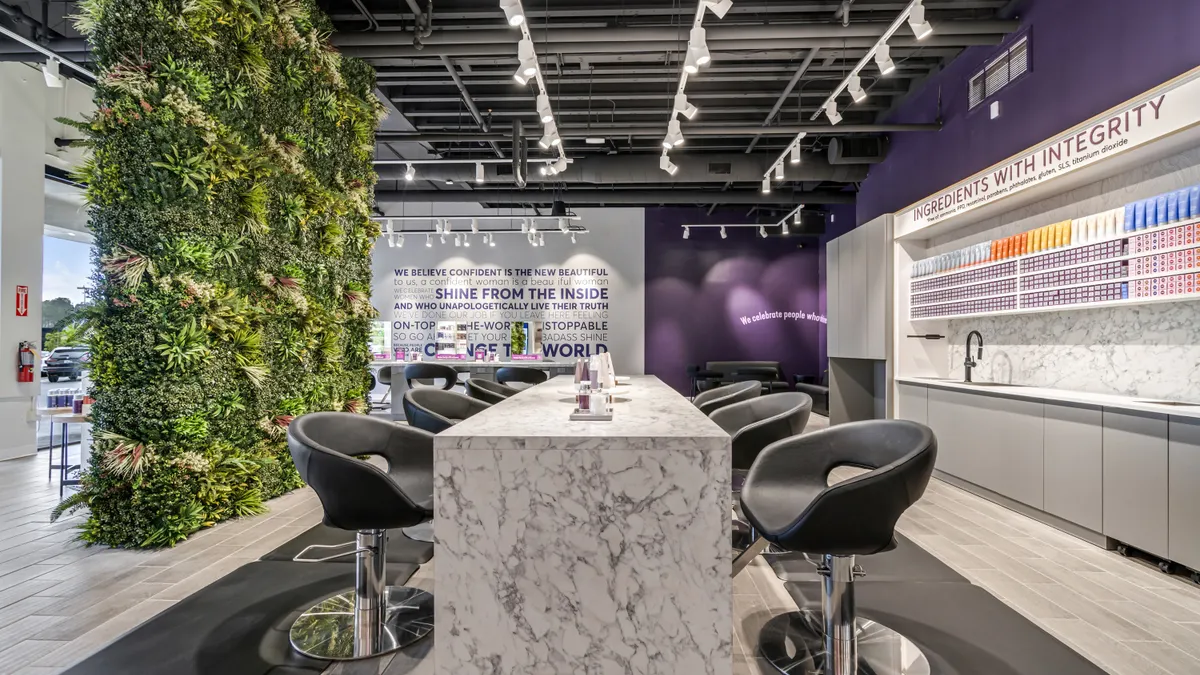Dive Brief:
- One-quarter of consumers will switch brands after just one bad experience, according to a Morning Consult survey commissioned by Zoom of over 2,100 U.S. consumers, released Tuesday.
- Some generations were more tolerant of bad experiences than others. Gen Z was the most tolerant, while Gen X was most likely to abandon a brand. When asked about their loyalty after one or two bad experiences, 58% of Gen Z said they’d leave in comparison to 65% of Gen X.
- Consumers aren’t tolerant because they don’t have to be, said Michelle Couture, Zoom's global lead for customer experience product marketing. “Companies like Apple or Amazon have a reputation in being able to provide great CX, and so when you deal with another one and have a terrible experience, there's options,” Couture told CX Dive. “And so they're going to go find a competitor who does it better, and that's the reality.”
Dive Insight:
Different generations have different expectations for customer service, and businesses would do well to meet generational preferences to inspire loyalty.
“When people are dissatisfied, it's because the expectations aren't being met,” Couture said. “You have multiple generations who are in the mix here that all have varying needs and varying degrees of how they choose to connect with your business and what their expectations are when they do.”
Baby boomers’ preferred method of service was live phone support. Four in 5 expect phone support, compared to less than half of Gen Z respondents. Gen Z was also more likely than their older counterparts to use live chat or social media for support.
With differences like these, Couture urges businesses to avoid forcing customers to one mode of customer service.
“Ultimately, it comes down to understanding, knowing your customer and being able to very clearly articulate the journeys that they're going to be on,” Couture said. “It’s really important that you're not finding those cost-saving measures by just taking a one-size-fits-all approach and just pushing everybody in one direction. That's just never going to work.”
A financial services company, for example, might invest in providing more hands-on live support either at a branch or over the phone to baby boomers who expect a white glove experience. Gen Z, with less funds, are more likely to use a mobile app. To keep both demographics happy, both modes of service need to be readily available.
“It's very important that you're thinking through your customer journey and making sure that you're finding the most frictionless way for your customers to engage with your business,” Couture said.










